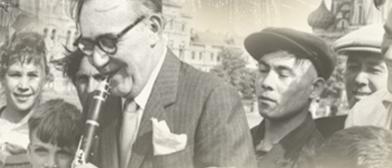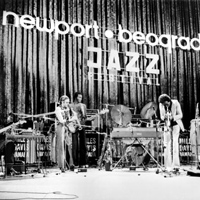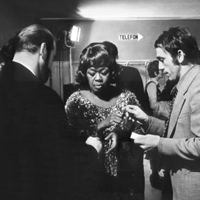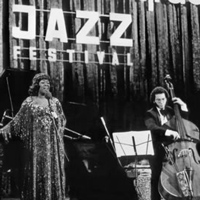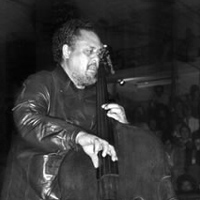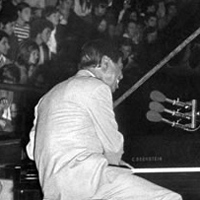Enter the Newport Jazz Festival
From the late 1960s onward, the high cost of organizing elaborate, months-long jazz tours led the State Department to develop a fruitful relationship with George Wein and Festival Productions in New York. Wein, founder of the Newport Jazz Festival and a well-known impresario, had proven himself adept at creating international jazz trips since the late 1950s. His ‘pick-up’ voyages for the U.S. government took advantage of the presence of famous musicians already performing abroad by sending them to diplomatically sensitive areas at the conclusion of their commercial tours. The State Department received a great boost as the Newport Jazz Festival brought artists to musical gatherings behind the Iron Curtain while also sending them to developing nations elsewhere.
Through its partnership with Wein, the State Department was able to reach a younger audience drawn to avant-garde jazz. Musicians performing with Festival Productions as part of this collaboration included Miles Davis, Duke Ellington, Lionel Hampton, Earl “Fatha” Hines, as well as Rahsaan Roland Kirk, Charles Mingus, Oscar Peterson, and Sarah Vaughan. Multiple acts sometimes rotated between several European cities, occurring with increasing frequency during the 1970s. One of the first State-Newport concerts involved Dave Brubeck, who had begun his 1958 government tour in Poland, and now returned for the 1970 Warsaw Jazz Jamboree. Brubeck and his Trio, performing with famed saxophonist Gerry Mulligan, were the undisputed stars of the festival. Building on the relationships with Polish music aficionados that he and his wife Iola had maintained over the years, the pianist gave exclusive interviews to several magazines, including Jazz and Ruch Muzyczny (Music Movement). Brubeck and Mulligan donated the payment for recordings of their performance to a fund that promoted the development of jazz music and jazz clubs in Poland. U.S. government officials praised them for creating the impression “not only of superb jazz musicians . . . but also of Americans who are superb representatives of the United States in every way.”
Newport appearances in 1970 had Earl “Fatha” Hines, Charles Mingus, Anita O’Day, and the Brubeck Trio with Mulligan moving between Eastern European capitals. Hines and his band joined two hundred members of a local jazz club in Bucharest for a late-night jam session. In Belgrade, Mingus, Hines, and O’Day performed for 1,600 people but reached many more through radio and television broadcasts.
Vibraphonist Lionel Hampton performed in 1971 in Warsaw, Budapest, Bucharest, and Belgrade, jamming with locals in impromptu sessions that went on until dawn. Later that year, the State Department and Newport circulated five groups of America’s best jazz musicians between international jazz festivals in Prague, Warsaw, Belgrade, Budapest, and Bucharest, as audiences thrilled to the music of Ornette Coleman, Duke Ellington, Dizzy Gillespie, Thelonious Monk, Sonny Stitt, and Art Blakey. As a fitting tribute to this unprecedented explosion of jazz festivals that resulted from Newport’s partnership with the State Department, the Prague newspaper Lidova Demokracie declared that Gillespie’s Giants of Jazz represented “the apex of jazz interpretation worldwide.”

